In September 1958, Bank of America began an experiment—one that would have far reaching effects on our lives and on the economy. After careful consideration, they decided to conduct this experiment in Fresno, California. The presumption was that no one was paying much attention to Fresno, so if the plan failed, it wouldn’t get a lot of media attention.
Bank of America sent out 60,000 pieces of mail to people in Fresno. Inside was a little plastic object that has become in equal parts emblematic of opportunity, convenience, and debt.
It was a card offering a $500 line of credit.
Before credit cards, corner bars and other local businesses allowed patrons to keep open tabs, using ledger books to record amounts owed. Some stores assigned account numbers to customers, or even gave them “charge tokens,” or single-shop credit cards.
For bigger purchases at stores not offering in-house credit, consumers had to get individual loans to buy expensive things like large appliances.
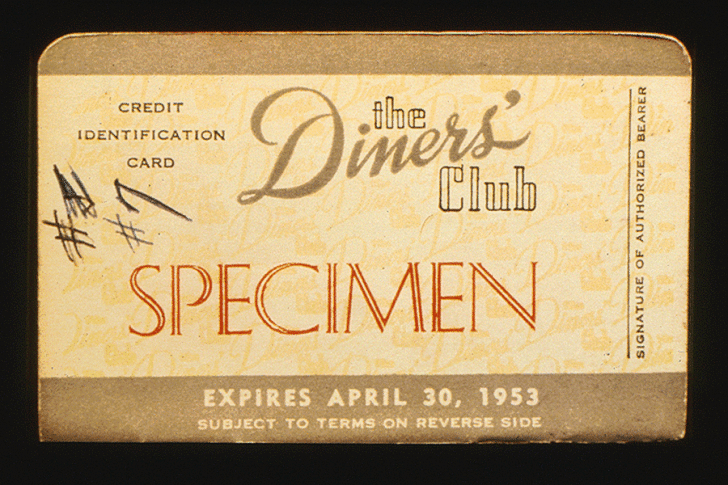
In 1949, a New York businessman named Frank X. McNamara came up with an idea for a single charge card that could be accepted at multiple establishments. He called it the Diners Club card, and with it, you could make charges at a number of New York restaurants and hotels, but its circulation was relatively limited.
Ten years later, Bank of America came along with a bigger plan.
Within 10 months of what became known as the “Fresno Drop,” more than a million BankAmericards had been mailed out across California. The novel system was relatively unregulated initially, but eventually the Truth in Lending Act made it illegal to mail out credit cards to people who had never asked for one.
The BankAmericard system eventually became known as Visa. Other cards that had competed with Bank of America also consolidated and they became MasterCard. Today, more than 70% of Americans adults have at least one credit card and the U.S. as a whole has about $900 billion in credit card debt. While credit cards have made things much more convenient for many people, they have also arguably encouraged spending in unsustainable ways. Whether this represents a successful design remains an open question.
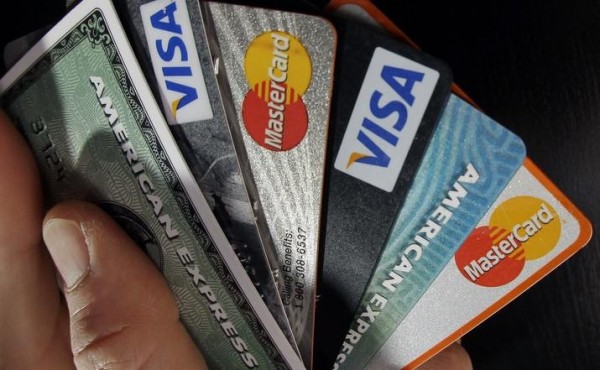
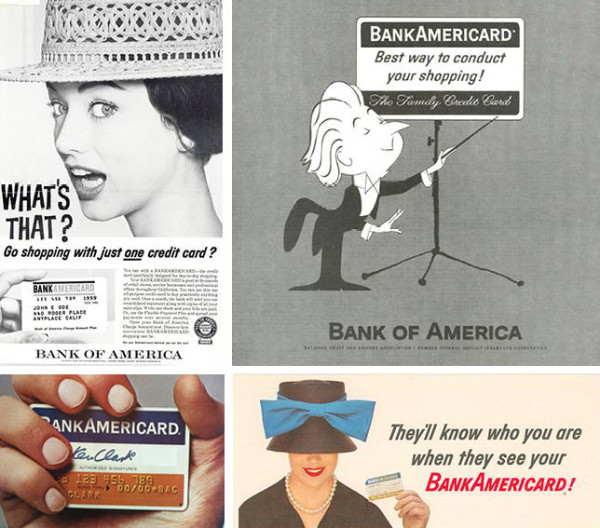
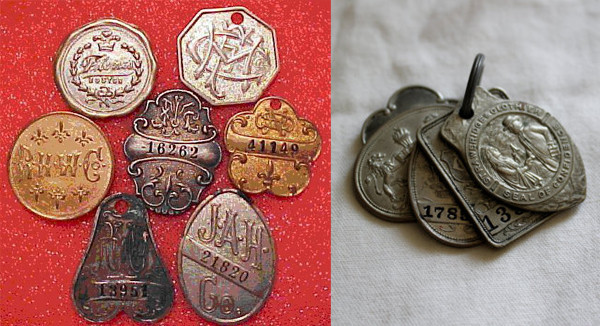
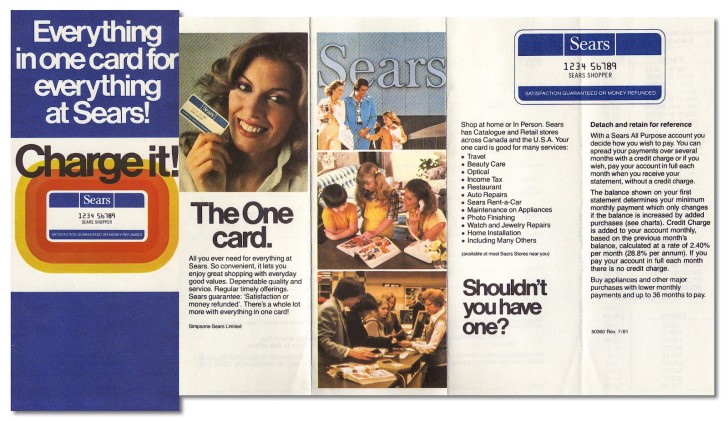
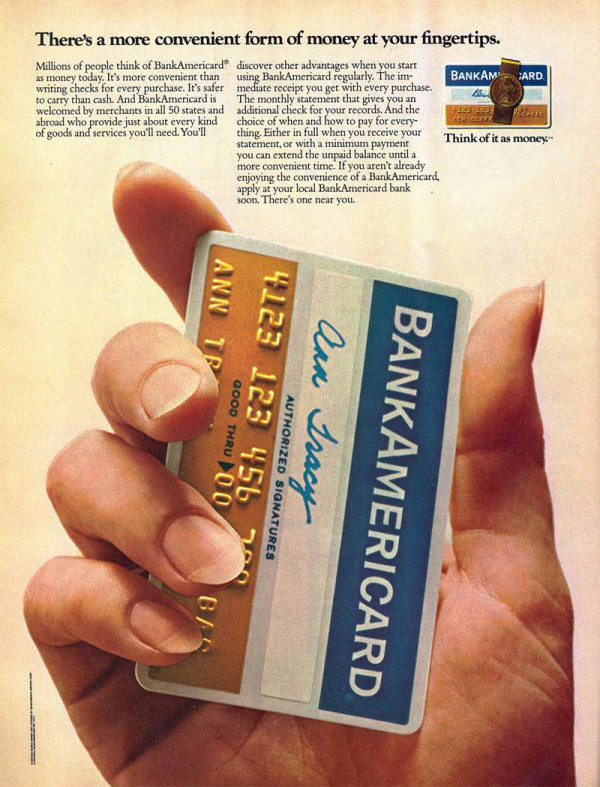



Comments (4)
Share
As a person that lives in Fresno I jump with joy when my city is even mentioned. Now you tell me we were the start of credit cards?!?! Thanks for teaching me something about my own city 99PI
Ok, Love this show and this episode. However, when it ended I felt surprised, like it had cut off halfway through. I heard the history part, but the design side never really was discussed. Why are the cards the size they are, why the number length, when did the magnetic stripe appear, etc.
Anyway, just a thought.
Keep up the great work guys.
Exactly my thoughts! There’s so much left out of the design side of this story. I keep waiting for a second story telling the rest of the details.
This is one of my favorite 99PI’s to date. Being on the older end of Millennials, I’ve never known an adulthood without credit cards as we know them today. I like Joe’s request on understanding a little more behind the design of cards, magnetic stripe (incl. issues with fraud, the move to chip cards, etc.).
I’m also interested (and maybe this is more of a Freakonomics podcast) to learn more about the macroeconomic effect of these massive, anonymous lines of credit. It felt like the podcast was going that way towards the end and I’m really curious to learn what consumer debt has done to the overall economy.